Testlab BOCOM: What we’ve learned (1)
Part 1: Success factors for attendees
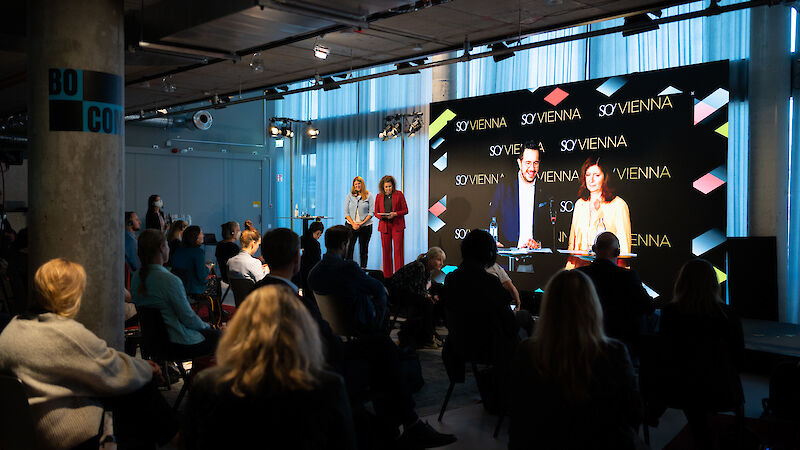 © GCB / Foto: Luis Bompastor
© GCB / Foto: Luis Bompastor
In September 2020, the GCB German Convention Bureau together with event industry partners organised the "BOCOM - Experience Borderless Communication" congress in a hybrid, multi-site and international setting to test what events of the future might look like.
Several hundred participants came together on-site at the main conference venue in Berlin, in various European hubs and virtually around the world to discuss how we will work and communicate in the future.
The analysis of a survey among participants, which was conducted by the Fraunhofer Institute for Industrial Engineering IAO during the event, now provides event professionals with important insights and tips for the successful creation of hybrid events that aim to involve attendees in different locations. Above all, it reveals that engaging all participants everywhere equally requires customised formats and sophisticated modifications within the overall event design.
Success factors: networking, disruption, knowledge transfer and satisfaction
Events that inspire are not based on chance. In order to evaluate the BOCOM congress, the participants' survey focused on four success factors that the innovation network "Future Meeting Space" had defined in an earlier research project, i.e., networking, disruption, knowledge transfer and satisfaction. People attend events to meet others and exchange ideas. They want their everyday life to be disrupted in a positive sense, through special experiences that inspire them to make lasting changes in their own (working) lives. Participants expect to learn new and relevant things at events that can be implemented directly in their everyday work. Ultimately, the successful interplay of knowledge transfer and disruption - learning new things and being positively surprised - results in satisfaction after participating in an event.
Participation on-site, in decentralised hubs and digitally: a diverse picture
The analysis of the success factors for the hybrid, multi-site BOCOM congress shows a heterogeneous picture depending on where people attended the event. Knowledge transfer worked best for the participants at the central hub in Berlin: On a scale of 1 (insufficient) to 5 (excellent), the aspect "transfer of new ideas" was rated with an average of 4.1, while virtual participants and those in the decentralised hubs provided ratings of 3.7 and 3.6 respectively. The rating for networking in particular revealed what a difference the type of participation makes: Virtual participants rated this aspect with 2.2. compared to 3.3 for the hub participants. In other words, creating an event that enables virtual attendees who take part at home in front of a screen to interact and network is the greatest challenge.
Effects of hybrid and multi-site formats on success factors and the sustainability of events: A case study of BOCOM
Regarding disruption as a success factor, the BOCOM congress achieved the best result (3.4) with participants in the central hub in Berlin. In the decentralised hubs, the value was 3.0 and for virtual participation 2.9. In terms of overall satisfaction, the Berlin participants gave the best rating with 3.8, while both in the decentralised hubs and for virtual participation a rating of 3.5 was achieved. In summary, it becomes very clear that networking turned out to get the lowest scores from all types of participants. The high rating for the disruption factor at the central hub, on the other hand, shows that the various BOCOM offers in all their diversity and various formats were the most successful in this physical setting.
On-site participants with highest satisfaction value
Regarding disruption as a success factor, the BOCOM congress achieved the best result (3.4) with participants in the central hub in Berlin. In the decentralised hubs, the value was 3.0 and for virtual participation 2.9. In terms of overall satisfaction, the Berlin participants gave the best rating with 3.8, while both in the decentralised hubs and for virtual participation a rating of 3.5 was achieved. In summary, it becomes very clear that networking turned out to get the lowest scores from all types of participants. The high rating for the disruption factor at the central hub, on the other hand, shows that the various BOCOM offers in all their diversity and various formats were the most successful in this physical setting.
What we've learned: using virtual reality to compensate for physical advantages
The interplay of physical and digital event levels, which are supposed to run in unison, creates special challenges for a multi-layered model like BOCOM. While everything related to networking, collaboration and creativity works very well in the physical space through face-to-face exchange, virtual settings need the utmost support in these areas to at least partially compensate for the physical advantages. The use of VR shows great promise here.
Better integration of hubs and virtual attendees
It is key that virtual participants and those in decentralised hubs do not feel excluded. Therefore, more focus on integrating them and enhancing their experience is needed, for example with interactive formats such as live voting, which enable better participation in the programme at the central hub. Every hub as well as virtual participants should be included as equally as possible. This means that frequent opportunities for interaction must be scheduled in.
Sufficient breaks and adapting event duration to virtual environment
Sufficient breaks are important. The analysis of our survey confirmed this for both physical and virtual participation. On-site breaks promote networking, whereas in the digital space there are natural limits to the ability to follow an event purely on the screen. The evaluation showed that a significant number of participants dropped out during the second half of the programme in the afternoon. It is therefore recommended to reduce the length of events for virtual participants to half a day in general.
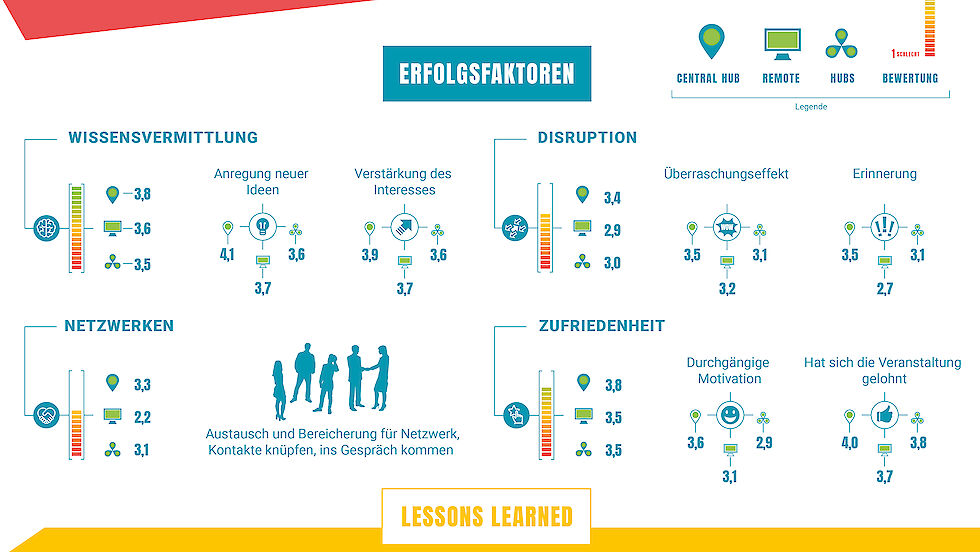
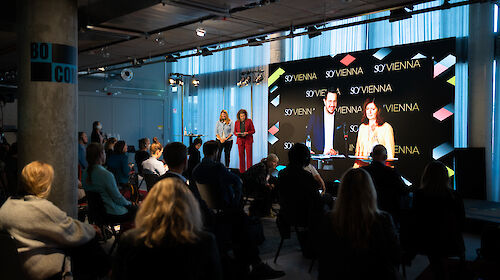 ©
©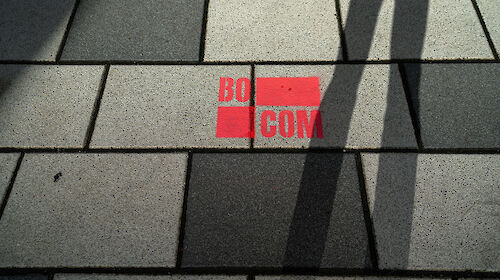 ©
©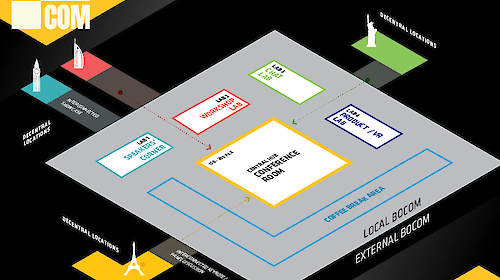 ©
©